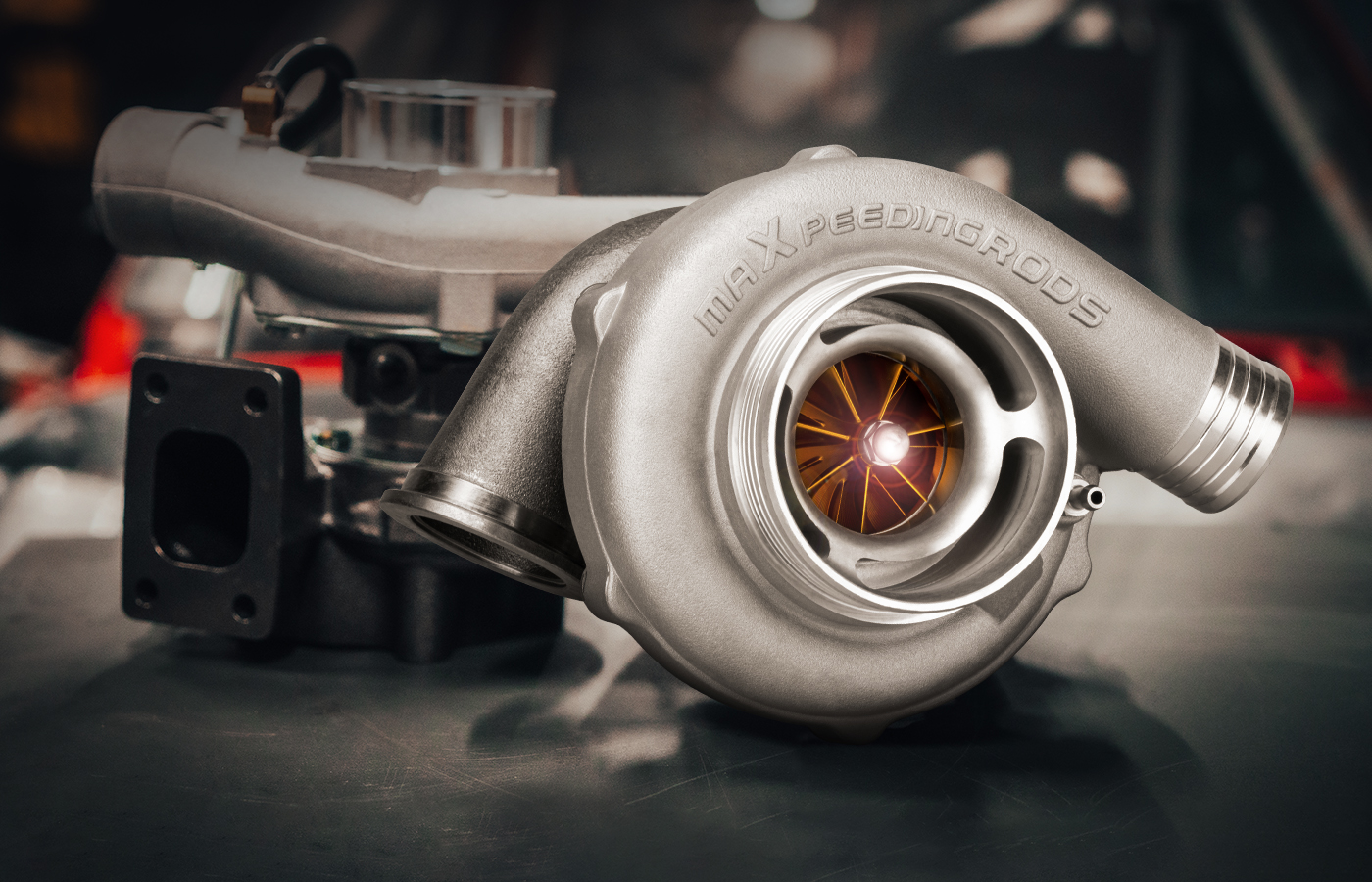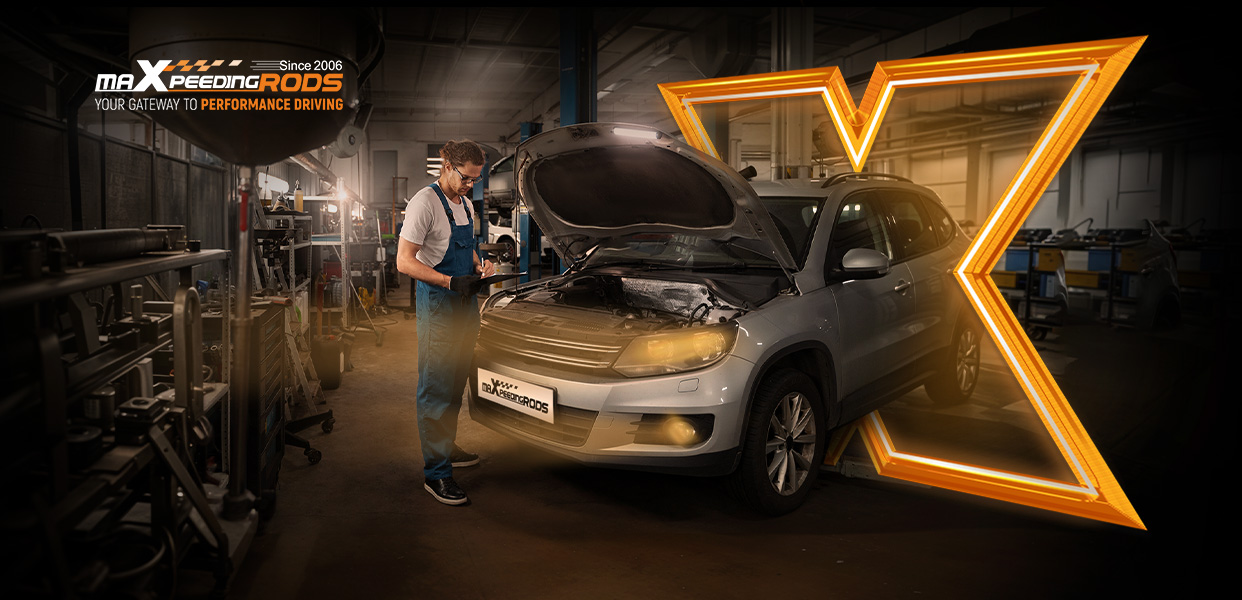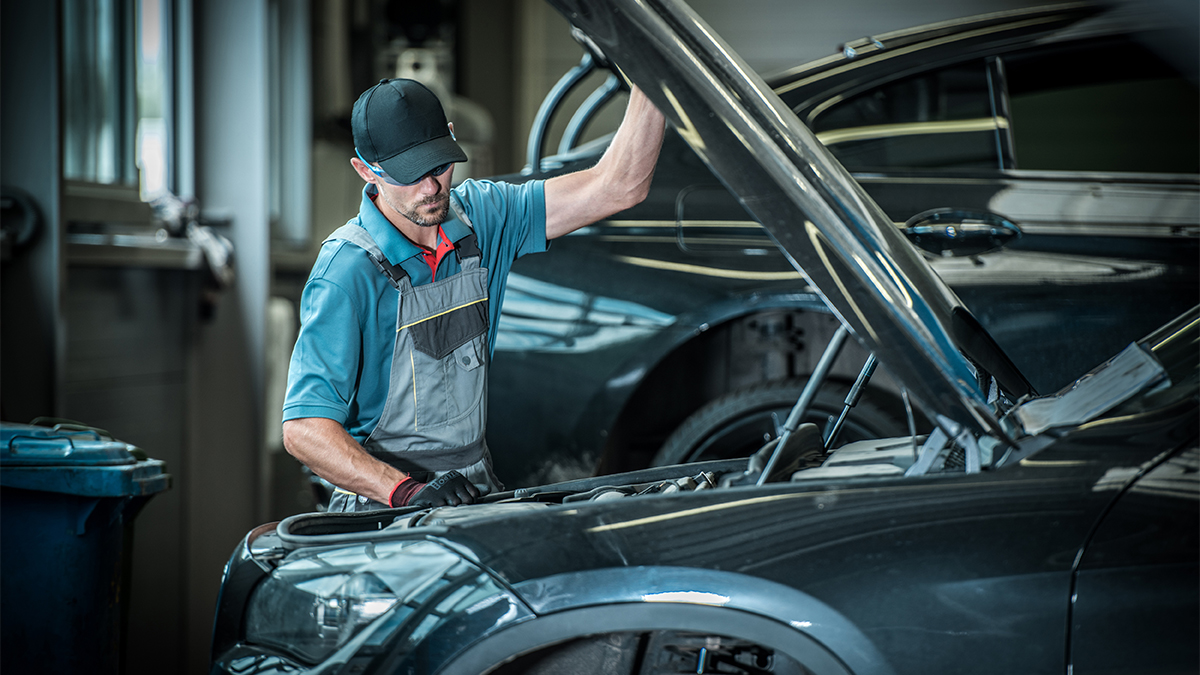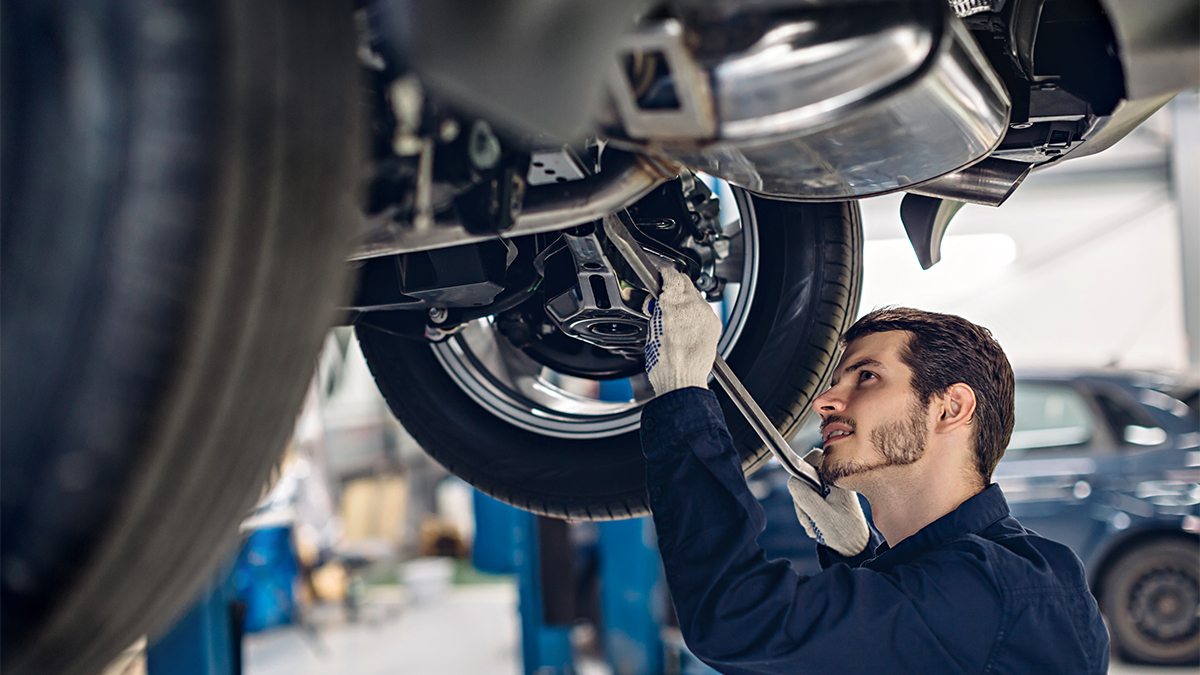Editor’s Note: Before replacing a turbocharger, it is important to conduct a thorough diagnostic check of the engine systems. If the engine does not operate properly, one should not assume that the turbocharger is the cause of failure. Only after all these points have been checked should one check the turbocharger for faults. Because it often happens that fully functioning turbochargers are replaced even though the failure does not lie here, but with the engine.
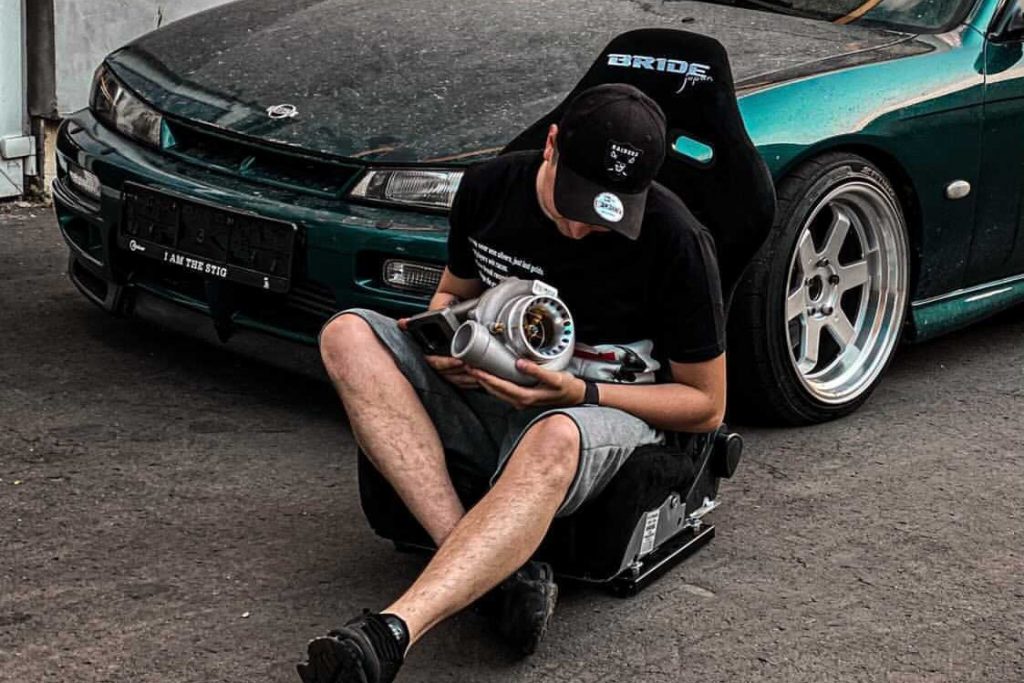
1. Insufficient power/boost pressure too low
- Filter, hoses and pipes are clean and in good condition.
- The fuel injection system is in good condition and correctly adjusted.
- Excessive flow resistance in exhaust system/ leakage upstream of turbine.
- Boost pressure control swing valve/poppet valve does not close.
- Foreign body damage on compressor or turbine.
- Insufficient oil supply of turbocharger.
- Engine air collector cracked/missing or loose gaskets.
- Turbocharger bearing damage.
- Turbine housing/flap damaged.
- Valve guide, piston rings, engine or cylinder liners worn.

2. Turbocharger generates acoustic noise
- The pipework and support brackets are not loose or damaged and that the connections are good.
- Check for any leakages or cracks in the inter-cooler.
- Engine air collector cracked/missing or loose gaskets.
- Dirty compressor or charge air cooler.
- Excessive flow resistance in exhaust system/ leakage upstream of turbine.
- Foreign body damage on compressor or turbine.
- Insufficient oil supply of turbocharger.
- Suction and pressure line distorted or leaking.
- Exhaust gas leakage between turbine outlet and exhaust pipe.
- Turbocharger bearing damage.
- Turbine housing/flap damaged.
3. Smoke
- Air filters are not restricted or blocked.
- Engine oil specifications strictly correspond to car manufacturer’s recommendations.
- Oil feed and drain lines clogged, leaking or distorted.
- Coke and sludge in turbocharger center housing.
- Excessive flow resistance in exhaust system/ leakage upstream of turbine.
- Piston ring sealing defective.
- Turbocharger bearing damage.
- Crankcase ventilation clogged and distorted.
- Turbine housing/flap damaged.
- Insufficient oil supply of turbocharger.
- Valve guide, piston rings, engine or cylinder liners worn.
- Boost pressure control swing valve/poppet valve does not close.
- Dirty compressor or charge air cooler.
- Engine air collector cracked/missing or loose gaskets.
- Foreign body damage on compressor or turbine.
- Fuel system/injection feed system defective or incorrectly adjusted.
- Suction and pressure line distorted or leaking.
4. Oil leakage
- Oil feed and drain lines clogged, leaking or distorted.
- Piston ring sealing defective.
- Valve guide, piston rings, engine or cylinder liners worn.
- Coke and sludge in turbocharger center housing.
- Turbocharger bearing damage.
- Dirty compressor or charge air cooler.
- Crankcase ventilation clogged and distorted.
- Excessive flow resistance in exhaust system/ leakage upstream of turbine.
- Piston ring sealing defective.

5. Compressor/turbine wheel defective.
- Foreign body damage on compressor or turbine.
- Insufficient oil supply of turbocharger.
- Turbine housing/flap damaged.
- Turbocharger bearing damage.
6. Boost pressure too high
- Boost pressure control swing valve/poppet valve does not open.
- Fuel system/injection feed system defective or incorrectly adjusted.
- Pipe assy. to swing valve/poppet valve defective.
7. High oil consumption
- Coke and sludge in turbocharger center housing.
- Crankcase ventilation clogged and distorted.
- Air filters are not restricted or blocked.
- Dirty compressor or charge air cooler.
- Excessive flow resistance in exhaust system/ leakage upstream of turbine.
- Oil feed and drain lines clogged, leaking or distorted.
- Piston ring sealing defective.
- Turbocharger bearing damage.
- Valve guide, piston rings, engine or cylinder liners worn.
8. Foreign Objects
- Turbo wheel damage, caused by small objects entering the turbine or compressor housing at high speed, leading to imbalance.
9. Lack of lubrication
- Turbo fatigue cracking and material transfer created by metal friction and high temperatures as a result of oil inlet supply restrictions, incorrect gasket placement and use of liquid gaskets or poor quality lubricants.
10. Over-speed & Excessive Temperature
- The turbocharger speed exceeds beyond its operating limits, which causing the compressor and turbine wheel to deform and fail.
In short, most turbochargers of failures are due to the following causes:
- Inadequate oil supply (oil pressure/filter system)
- Dirt in the oil
- Penetration of foreign bodies into the turbine or the compressor
- High exhaust gas temperatures (ignition system/injection system)
